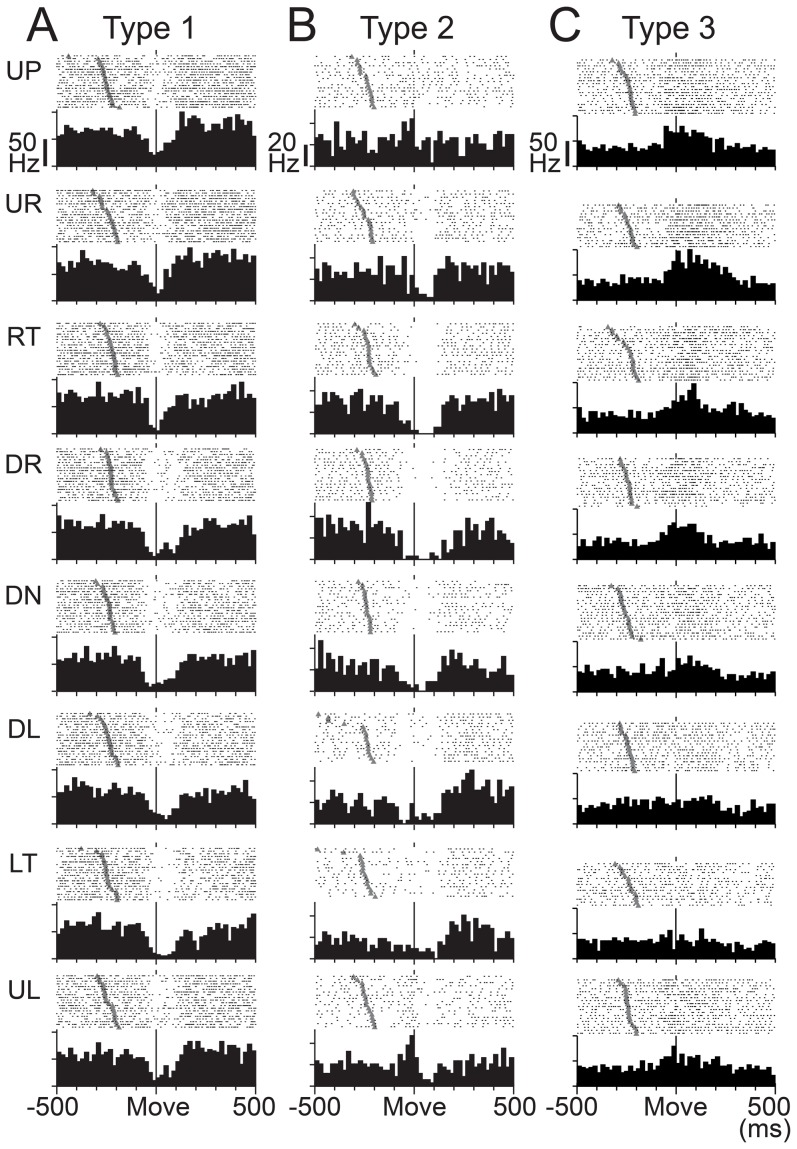Figure 4. Three types of SS activity in wrist-movement-related PCs.
Raster plots and histograms of SS activity for typical examples of three types of SS activity in PCs with RFs in the distal part of the arm (see Materials and Methods). SS activity recorded in the pronated posture is illustrated. PCs were classified into three types based on movement-related modulations between −200 to +200 ms relative to movement onset. All plots are aligned on movement onset (Move), indicated by the solid line in the center of each plot. In addition, all rasters are sorted by the timing of Go cue (indicated by filled gray triangles). Histogram bin width = 20 ms. A: SS activity of type 1 PCs showed suppression before movement onset. Note that the depth and duration of suppression varied with movement direction. B: SS activity of type 2 PCs showed suppression before movement onset for some directions and facilitation for other directions. C: SS activity of type 3 PCs showed facilitation before movement onset. Note that the amplitude and duration of the facilitation varied with movement direction. Note also that the scale bars for discharge rate shown in the top row of panels differ for the three cells. UP: up, UR: upper right, RT: right, DR: down right, DN: down, DL: down left, LT: left, UL: upper left. In the pronated posture, UP, DN, LF and RT correspond to extension, flexion, radial deviation and ulnar deviation of the wrist joint, respectively.

